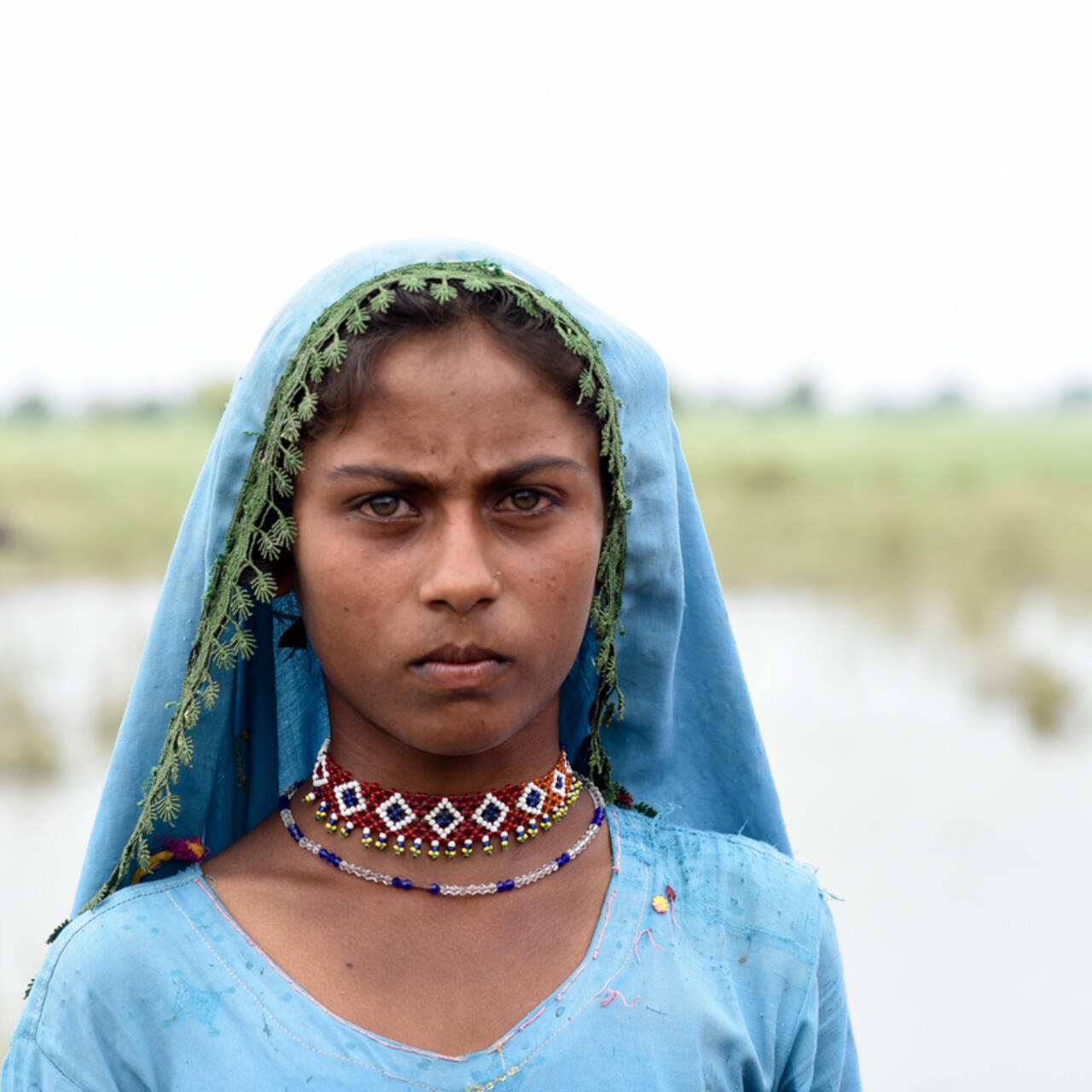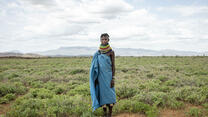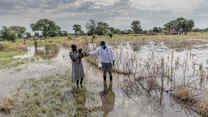
Pakistan has experienced extreme rainfalls since the monsoon season began in mid-June. This has led to severe flooding impacting more than 33 million people. Family homes are being destroyed and crops ruined. Over 1,100 people have died.
The International Rescue Committee (IRC) has been active in Pakistan since 1980 and recently launched an emergency response to provide immediate assistance to those affected.
Read more about what is happening on the ground and what needs to be done to ease this growing humanitarian crisis.
How destructive are these floods?
According to Pakistan’s top climate minister, Sherry Rehman, the flooding has submerged a third of the country underwater. The damages are estimated to exceed more than $10 billion.
Over 1,100 people have been killed by flooding; nearly 360 of them were children. The floods have injured more than 1,500 others.
Additionally, 4 million acres of crops have been destroyed and 800,000 livestock have died. This will increase food insecurity across the country and will have a severe impact on the economy.

The destruction of over 1 million homes in Pakistan will displace families and force them into tough conditions. Those displaced are often at a higher risk of contracting disease and may lack access to critical health care and proper sanitation supplies. In a rapid needs assessment carried out by the IRC and the Medical Emergency & Resilience Foundation, 71% of respondents reported that they lacked access to clean drinking water.
Flooding has also brought widespread devastation to neighboring Afghanistan, particularly in the central and eastern provinces of the country. Many of the areas impacted by this month’s flooding are still recovering from a devastating earthquake in June that killed over 1,000 people.
Who is most affected by these floods?
Women and girls are frequently among the most vulnerable during humanitarian crises.
In the IRC’s needs assessment, 87% of respondents reported that women and girls don’t have access to safe latrine facilities while 84% said that women and girls don’t have access to necessary hygiene supplies. A further 63% of respondents noted that pregnant and lactating women were in extremely vulnerable conditions.

The IRC is also concerned about the safety of the over 1 million registered Afghan refugees who have found safety in Pakistan. About a third of Afghan refugees now living in Pakistan reside in the Balochistan and Sindh provinces, which have experienced a 784% and 500% increase in heavy rains respectively.
Is flooding normal in Pakistan?
While Pakistan has flooded in the past, there is a big difference in the magnitude of today’s floods. This monsoon season has far outpaced historic levels of rainfalls and more heavy rains are expected in the coming weeks.
Climate change makes extreme weather more likely in Pakistan, just as it does around the world. The country is one of many bearing the brunt of global warming despite having contributed very little to global carbon emissions.
“Pakistan has been facing increasingly devastating climate-induced drought and flooding,” says IRC Pakistan country director Shabnam Baloch:
Despite producing less than 1% of the world’s carbon footprint, Pakistan is suffering the consequences of the world’s inaction.
How is the IRC responding?
The IRC has launched an emergency response to provide immediate assistance to those impacted by the floods in Pakistan and neighbouring Afghanistan. We are dispatching food supplies and setting up medical response centers to assist people impacted by the floods.

“Now, more than 33 million people, including many Afghan refugees, need our urgent help." explains Shabnam Baloch.
“The IRC has reached almost 27,000 people with critical food, supplies and medical support. We are urgently requesting donors to step up their support and help us save lives.”
What can you do to help?
Donate now to help support the IRC’s emergency response in Pakistan and Afghanistan, and our work in crisis zones worldwide.



